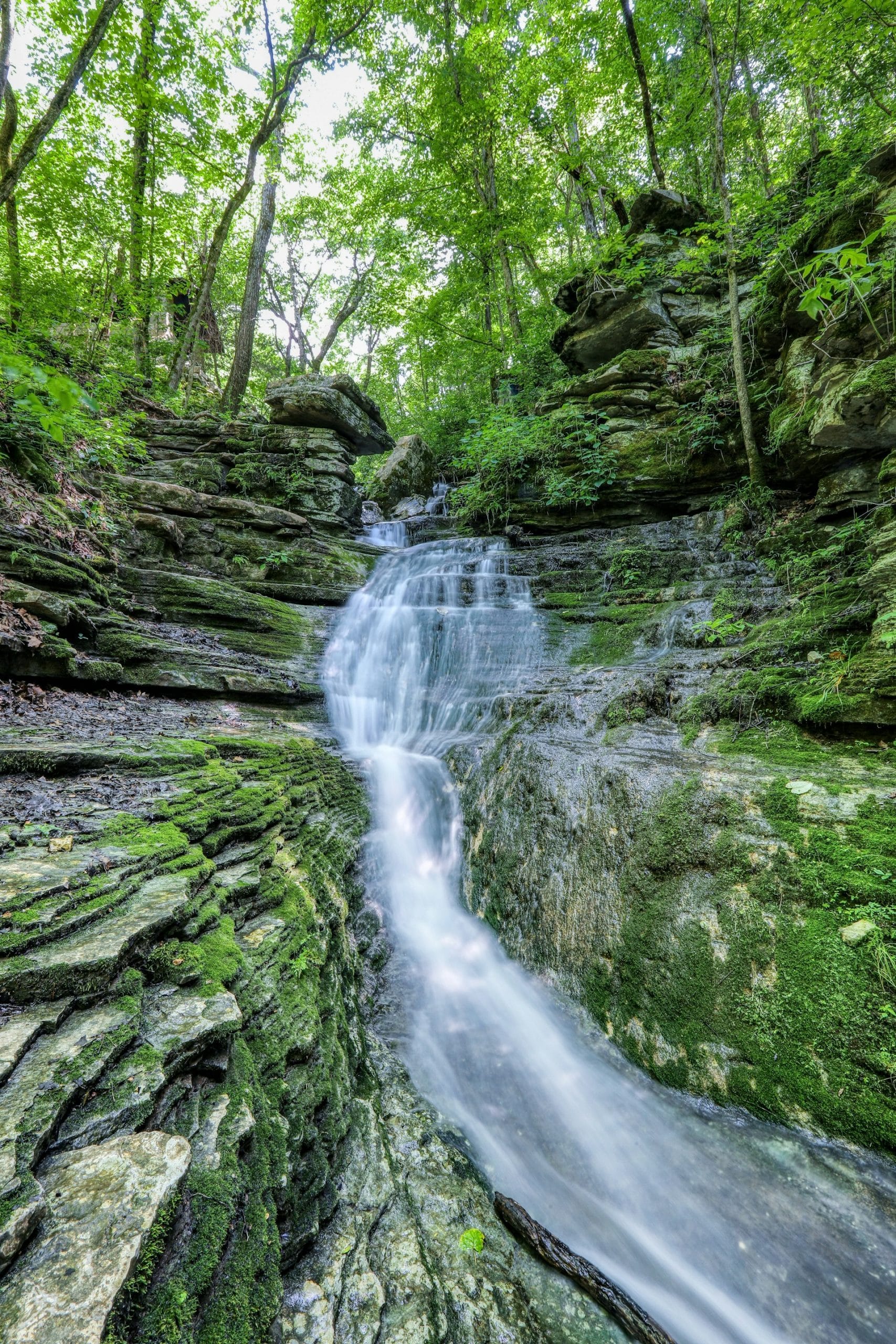How can you effectively manage water resources when camping in the Scottish Lowlands?

In the heart of Scotland, you'll find the Scottish Lowlands, a vast region that stretches across the southern and eastern parts of the country. It is a prime spot for camping due to its picturesque beauty, unique wildlife, and tranquil environment. However, when you're out in the wild, especially in areas like the Lowlands with its unpredictable weather, managing water resources effectively becomes crucial. In this article, we will explore how you can conserve, find, and store water while camping in the Scottish Lowlands.
Understanding the Scottish Lowlands
Before we delve into how you can manage water resources, it's essential to understand the area in which you'll be camping. The Scottish Lowlands is a geographical region that consists of two natural parks, each with its own unique climate and features.
A lire aussi : What gear is recommended for a comfortable autumn camping trip in the UK?
The Lowlands offer a diverse range of geographical features — from rolling hills and flowing rivers to dense forests and peaceful glens. The weather here is as unpredictable as it is in the Highlands. One moment the sun could be shining brightly; the next, a storm could be brewing. That's why it's always good to keep a journal or app noting down weather patterns and water sources while you're camping.
Finding and Collecting Water
When you're camping, especially in a place like the Scottish Lowlands, finding water can sometimes be a challenge. However, there are certain signs you can look out for that might indicate a nearby water source.
A voir aussi : How to plan a successful group camping trip in the UK?
Look for areas with lush, green vegetation, as these usually indicate the presence of water. Similarly, valleys and low-lying areas are more likely to have rivers and streams. If you're lucky, you may even come across a loch or two. Be sure to document these sources in your journal for future reference.
When collecting water, remember to use a clean, durable container. If you come across a running water source, make sure you take from the source where the water is flowing fastest as this water is usually the cleanest.
Conserving Water
Conservation is a critical aspect of water management. In the Scottish Lowlands, the unpredictable weather patterns can make it difficult to find water consistently. Therefore, you need to make sure that the water you do have lasts as long as possible.
The first step to conserving water is avoiding unnecessary use. For example, while it might be tempting to take a refreshing dip in a nearby loch, it might not be a wise decision if water is scarce.
Another way to conserve water is by reusing it. Water used for washing dishes, for example, can be reused to put out campfires.
Storing and Purifying Water
Proper water storage is vital when camping. Water should be stored in clean, airtight containers to prevent contamination. If you're camping in colder months, keep your water containers near your body or sleeping area to prevent them from freezing.
In addition to proper storage, it's crucial to purify any water you collect from natural sources before drinking. Boiling is the most common method of water purification, but it's not always feasible when camping. You might consider carrying water purification tablets or a portable filtration system.
Navigating the Weather
As mentioned earlier, the weather in the Scottish Lowlands can be erratic. Rain is frequent and can be heavy, which can make finding and storing water more challenging. However, the unpredictability of the weather can also be advantageous.
When it rains, you can collect rainwater, which is naturally purified and safe to drink. The snow in the colder months can also serve as a good source of water; all you need to do is melt it. But remember: liquidity does not equate to purity. Always ensure that you purify the melted snow before drinking.
The weather can also affect storage. If it’s too cold, your stored water may freeze, and if it’s too hot, the water can evaporate. Therefore, always check the weather forecast before heading out and plan your water storage accordingly.
In conclusion, water management while camping in the Scottish Lowlands can be a challenging yet rewarding experience. With the right knowledge and preparation, you can ensure that you have a sufficient water supply throughout your camping trip, regardless of the weather conditions. Remember to conserve, collect, and store water efficiently, and always keep safety your top priority.
Co-existing with the Scottish Wildlife
While camping in the Scottish Lowlands, it's not just the weather and geographical features that you have to be mindful of. The region is home to a diverse range of wildlife, including the national park's iconic red deers, and the unique outdoor access can bring you close to these magnificent creatures.
Understanding the wildlife in the area you're camping in is crucial not just for your safety but for the conservation of these animals as well. When you're in the Scottish Lowlands, you're a guest in the home of these animals, and it's important to respect their space.
Remember the Scottish outdoor access code and always leave traces of your camping activities. This doesn't just mean litter – any changes to the natural environment can have a long-term impact on the natural heritage of the area. For instance, creating a new path through a dense forest could disrupt plant life and encroach on the habitat of animals.
Wildlife encounters can also be a source of concern when it comes to water management. Animals are often attracted to water sources, and they, too, rely on these for survival. As such, exercise caution when collecting water, and always prioritize the needs of the wildlife.
Finally, ensure that you're well-prepared for potential encounters with insects or other small creatures. Pack an insect repellent, and consider wearing long sleeved clothing to protect yourself.
Preparing for a Sustainable Trip
When planning a camping trip to the Scottish Lowlands, whether it's the Cairngorms National Park or along the Clyde Canal, it's essential to have a management strategy in place to ensure you're armed with the knowledge and tools to effectively manage water resources.
First, educate yourself about the area. Learn about its geographical features, climate, and wildlife. This will help you understand what to expect and how to appropriately react to different situations. For instance, knowing that the Scottish weather is unpredictable will guide you in packing the right clothes and gear.
Second, keep in mind that managing water resources effectively is not just about finding, collecting, storing, and purifying water. It's also about respecting the environment, co-existing with wildlife, and leaving no trace behind.
Lastly, remember that long-term sustainability is key. The steps you take today will impact the future of these beautiful mountain areas. So, take only what you need, reuse when you can, and always think about the long-term effects of your actions.
In conclusion, although camping in the Scottish Lowlands can seem challenging due to its unpredictable weather and unique wildlife, it can also be an enriching experience. With proper planning and a respect for nature, you can enjoy the picturesque beauty of the area, from the rolling hills to the tranquil valleys and peaceful lochs, while effectively managing water resources. And remember, the goal isn't just to survive, but to co-exist with nature in a way that leaves minimal impact on the environment.
